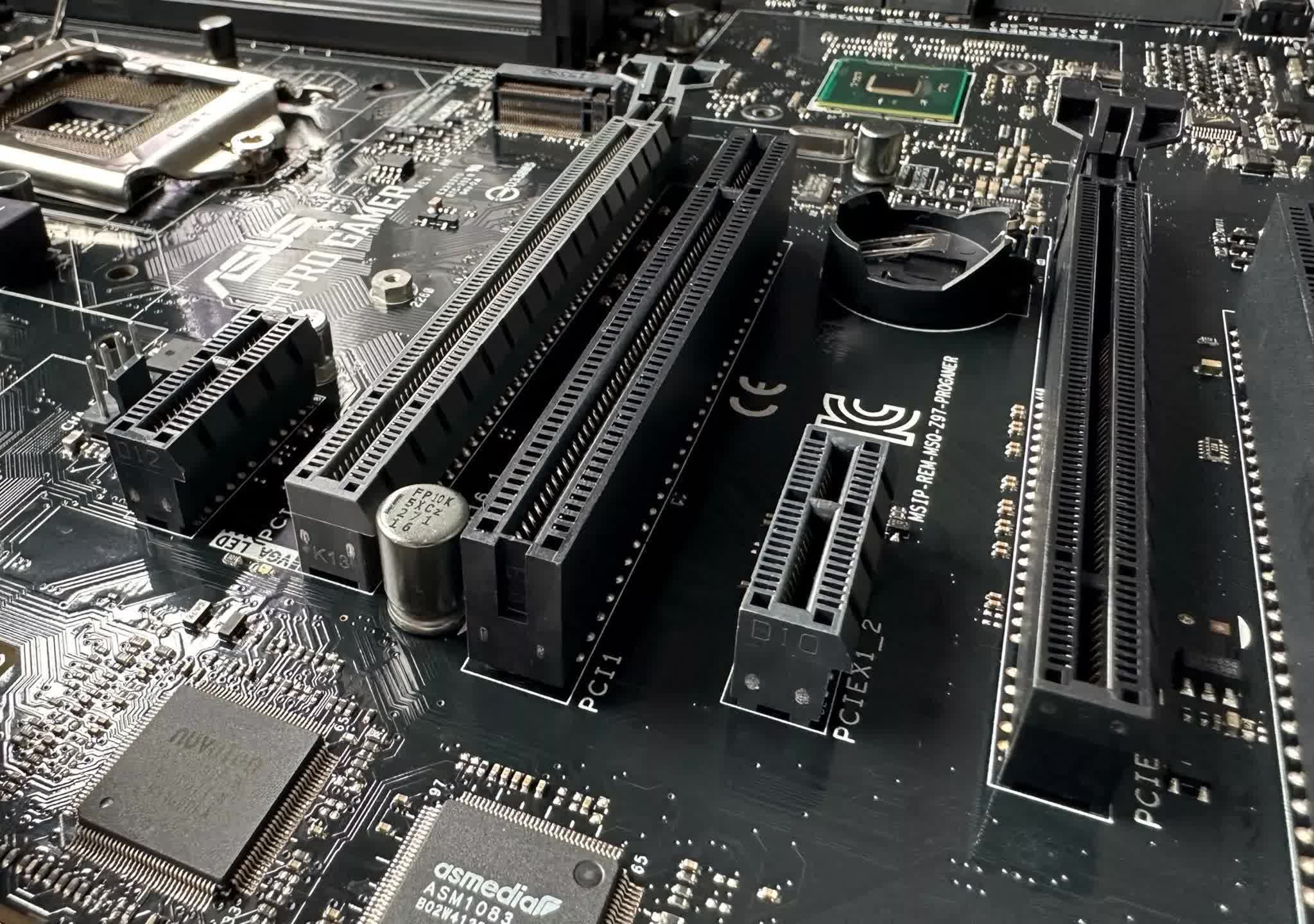Forward-looking: The AI world needs a lot of data, and that data needs to move much faster onto next-gen storage hardware. The PCI Special Interest Group is working on PCIe 6.0 and 7.0 standards to ease the pain with data throughput, though a few issues still need to be ironed out before general deployment.

Last year, Micron teased its first PCIe 6 SSD, promising impressive bandwidth rates. More recently, the US memory manufacturer has partnered with switch maker Astera Labs to show the new drives in action. The two companies revealed what a proper PCIe 6 architecture can offer during a DesignCon 2025 showcase. It was the first public demonstration of end-to-end interoperability between a PCIe 6.x switch and a PCIe 6.x SSD.
The DesignCon demo featured a Micron "Data Center" SSD connected to a Scorpio P-Series Fabric Switch developed by Astera. Together, the two new technologies surpassed a sequential read speed of 27GB/s. In 2024, Micron claimed its PCIe 6 drive would offer up to 26 GB/s sequential read speeds, so it exceeded that brag.
Astera notes that the Scorpio P-Series Fabric Switch is the first designed specifically for PCIe 6 devices. The custom-built switch can work with 64 PCIe 6.x lanes and a 4-port architecture. It is just as fast in managing GPU, CPU, SSD, and NIC data flows. The PCIe 6 and PCIe 7 specifications aren't quite ready for prime time, as companies are still looking for ways to avoid speed throttling due to the excessive heat generated by the new bus tech.

Achieving over 27 gigabits per second required a creative connection management approach. Astera linked its switch to an unspecified CPU, an Nvidia H100 GPU, and two Micron PCIe 6.x E3.S SSDs. The demo used Nvidia's Magnum IO GPUDirect Storage technology to establish a direct data path between the GPU and the SSDs.
Astera Labs claims that PCIe 6.x is becoming required to build better AI and cloud infrastructures. The new standard can double the bandwidth of PCIe 5.0 devices, delivering up to 256 GB/s of bidirectional data rates per x16 lane.
The low-latency, high-speed architecture should feed enough data to satiate AI-related workloads. The demo seemingly proves that PCIe 6.x is now ready for data center deployment. However, traditional PC products should not expect PCIe 6-compliant motherboards anytime soon.
Micron and Astera demo first PCIe 6.0 SSD, delivering 27GBps sequential read speeds